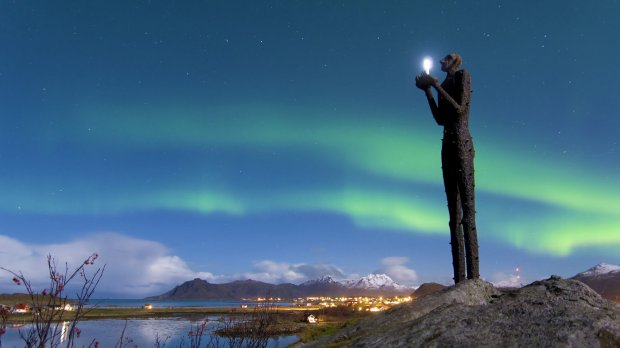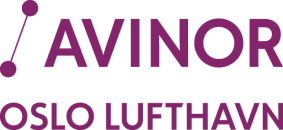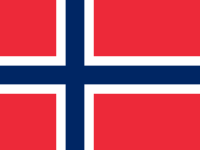Gateway to the northern lights

More than 250 flights leave Oslo Airport headed for Northern Norway and the famous northern lights every week. Never before has northern lights tourism been more popular!
Northern lights (also called the aurora borealis) have fascinated humans for centuries. The phenomenon was long associated with fear and supernatural forces. The Vikings believed the lights reflected dead virgins. The Inuit believed the northern lights were spirits, who were celebrating the dark with an undulating death dance. Common sense and research have replaced the superstition of days past – but the magic remains.
“Many Asian tourists still have a rather spiritual approach to the northern lights. They believe it is a harbinger of good luck in marriage and with children. People from the western world are more concerned with just experiencing the phenomenon. Because this is nature’s most spectacular light show,” says solar scientist Pål Brekke of the Norwegian Space Centre. He is one of the world’s foremost northern lights experts – as a researcher and communicator.
The northern lights belt stretches across several countries in the Arctic region, where the northern lights form part of the local mythology. The fact that Northern Norway ‘owns’ the increasing northern lights tourism, is no coincidence.
Northern lights are best experienced in Norway
“There is nowhere on earth where the northern lights are more easily accessible,” says Brekke. Thanks to the Gulf Stream, Norway has a much more comfortable climate in the north than, for example, the northern parts of Canada, Alaska or Siberia – not to mention Antarctica, where the southern lights are visible. The northern lights activity has grown substantially in recent years, which in turn has resulted in increased media attention on the phenomenon. The tourism industry in Northern Norway has taken full advantage. Massive efforts in northern lights tourism in recent years have yielded results that are the stuff of fairy tales. Where hotel beds before lay empty in the winter darkness, up to 90% capacity is now reported during some northern lights months in Tromsø (September to April). The land of the midnight sun has also become the realm of northern lights.
Oslo Airport Gardermoen is the gateway to the northern lights. This is where the international northern lights tourists first arrive. From here, they journey to one of the nine defined “northern lights airports” that can accommodate large commercial aircraft: Bodø, Harstad, Andøya, Bardufoss, Tromsø, Alta, Lakselv, Kirkenes and Svalbard.
“Tromsø has so far seen the most northern lights traffic, but we hope and believe the focus on the northern lights airports will help strengthen northern lights tourism even in other parts of Northern Norway,” says traffic developer Iver Holter-Andersen in Avinor.
“It’s only going one way: up”!
***
Fact box 1:
What are northern lights?
The source of the northern lights is located 150 million kilometres away – the sun. Northern lights occur when powerful solar winds hurl electrically charged particles towards the earth. These particles are electrons and protons that generate light when they collide with the gases in the earth’s atmosphere. The northern lights are normally observed in a belt around the magnetic poles, and appear as wavy lights in the night sky, 90 to 300 kilometres above ground. The colour spectrum ranges from blue and green, to red and orange. The strength of the northern lights varies based on solar activity.
Fact box 2:
A sample in Oslo
Oslo now has its own northern lights attraction: Pål Brekke’s stunning documentary “Northern lights – a lifetime experience” is being screened in the auditorium of the Holmenkollen Ski Museum.
“The film is a door opener, which we hope will inspire more people to travel north to experience the northern lights ‘live’,” says Karin Berg, director of the Holmenkollen Ski Museum.
In cooperation with the Holmenkollen Ski Museum, Oslo Airport will show a teaser from the film to passengers waiting for their baggage.
Read more: holmenkollen.com/skimuseet
Fact box 3:
The ultimate guide
How to get the most out of your northern lights experience? The answer can be found in the book “Nordlyset – en guide” (northern lights – a guide), written by solar scientist Pål Brekke and northern lights photographer Fredrik Broms. It covers everything from myths and facts about the phenomenon, to when and where you can experience the northern lights. The book also includes a chapter on photographing northern lights.


